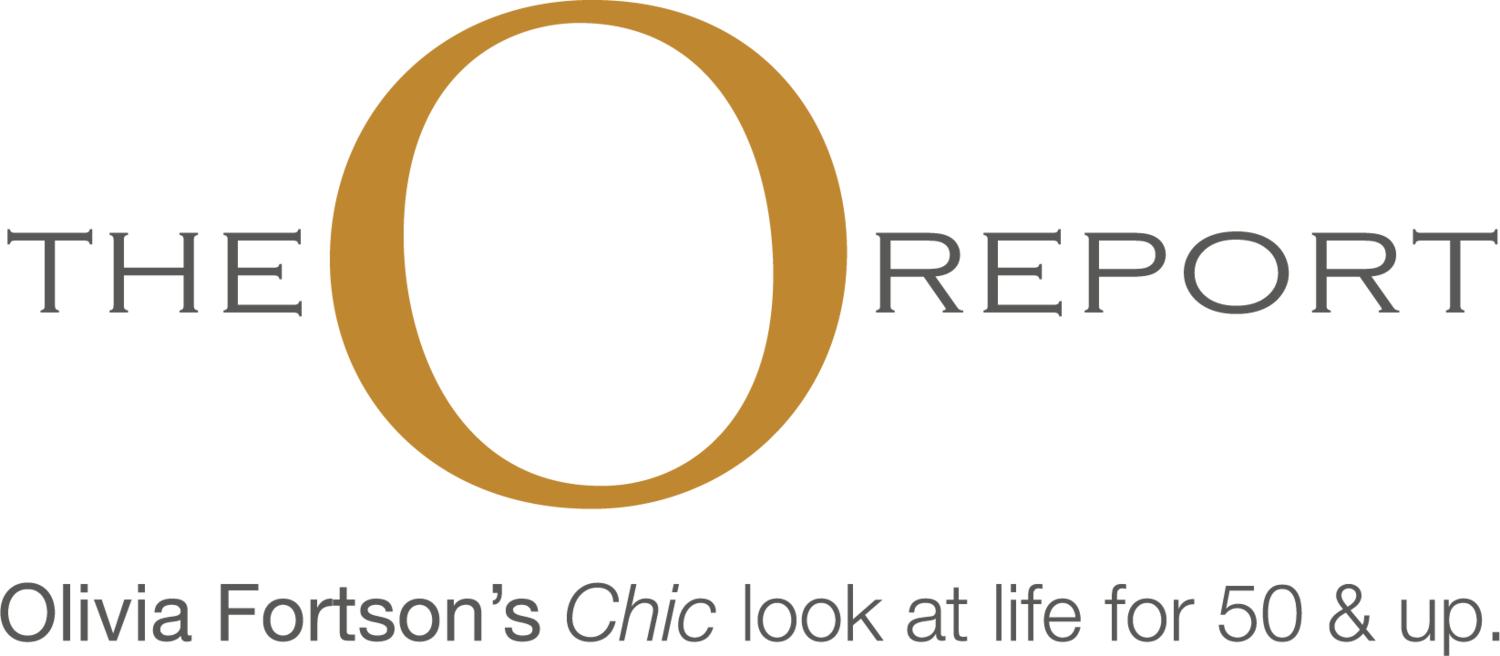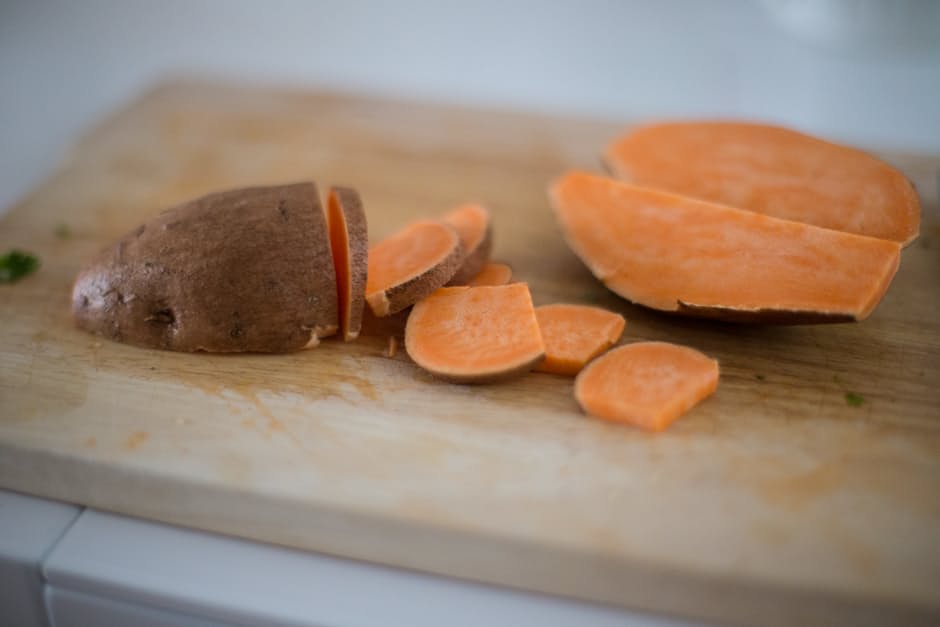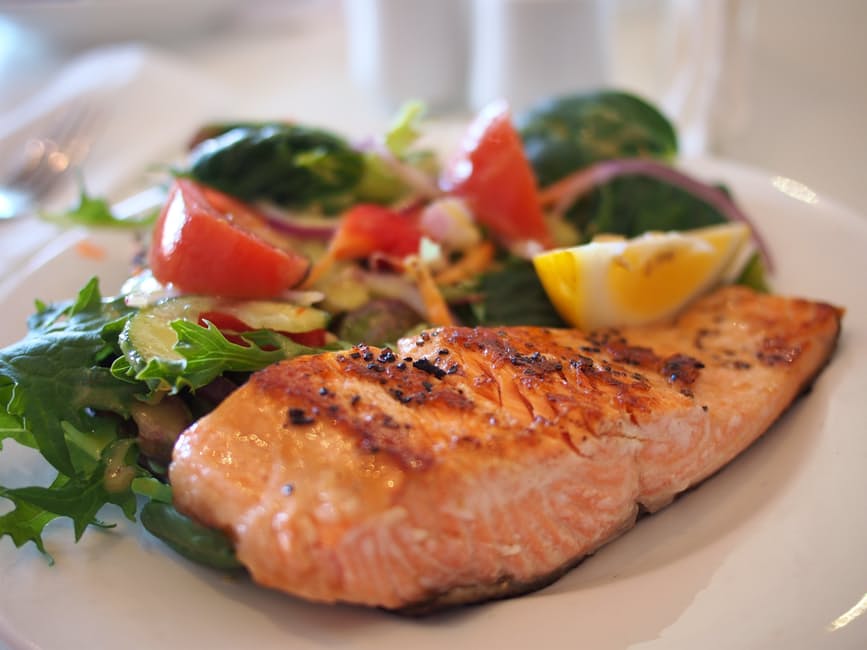A BALANCED APPROACH TO FITNESS AND NUTRITION
/Michael Anders, head trainer and owner of Shape Up Fitness & Wellness Consulting, specializes in helping his clients navigate the various stressors in life so they'll have a more balanced approach to health, fitness and nutrition.
Anders has a Masters Degree in Sports Science, Sports Medicine. He especially enjoys focusing on post-injury recovery and coaching his clients to help get their eating under control or optimize it for their sports and activities.
During the Living the Good Life As A Woman In 2018 event organized by financial advisor Alison Rowe of Baird Private Wealth Management, he shared his top tips.
Set Realistic Goals
To increase your success, set a goal to fix one negative habit at a time because success breeds success
A goal should have a 90% chance of success at a minimum
When setting a goal, don't include the words "never" or "always"
If you find the goal you set isn't doable, reduce it until it is possible
Nutrition
Eat meals slowly (slow eaters eat less food and reach satiation earlier)
Eat until you're 80% full
Eat mindfully without distractions (no phones or TV) because people who eat without distractions are more cued into their hunger/appetite feelings
Focus on having protein with each meal
Nutrition is a crucial element in any fitness transformation so start working on making healthier food choices as quickly as possible
Fitness
Don't overcommit by saying you'll exercise 5 or 6 times a week - that's unrealistic
Aim to exercise 3 times a week
Something is better than nothing: even if you just exercise for 10 minutes a day that adds up
Fitness and nutrition expert Michael Anders of Shape Up Fitness & Wellness Consulting.












